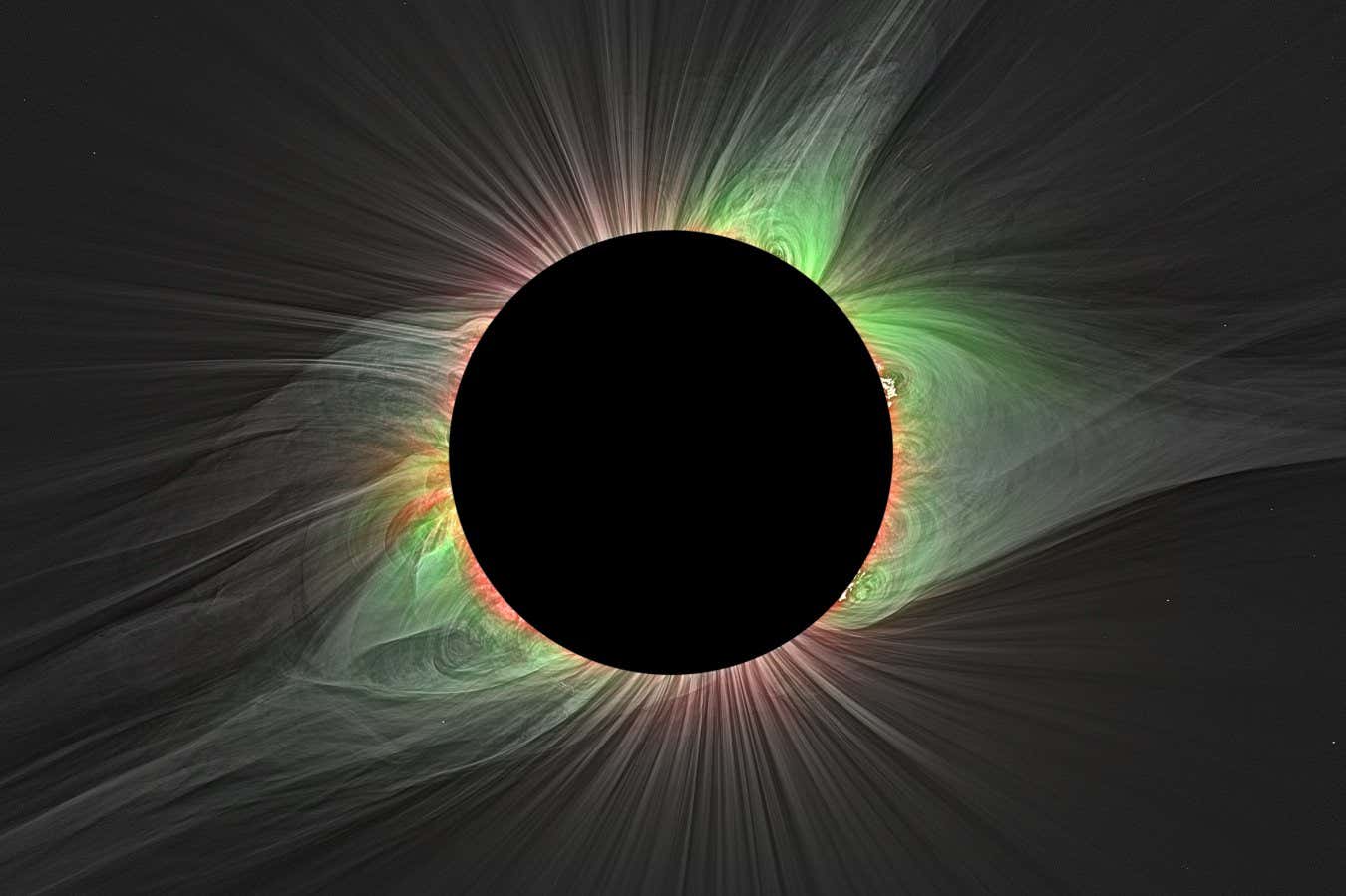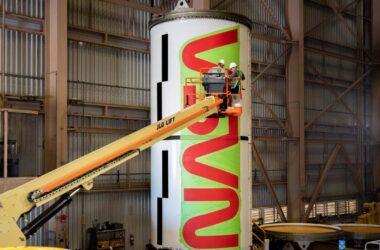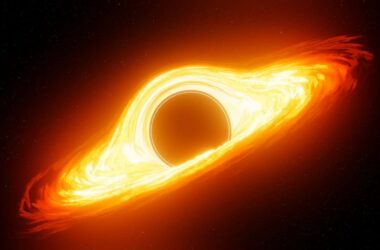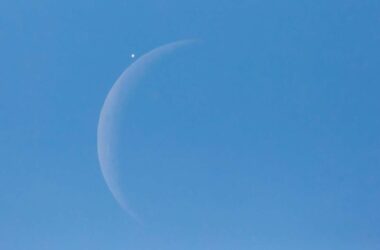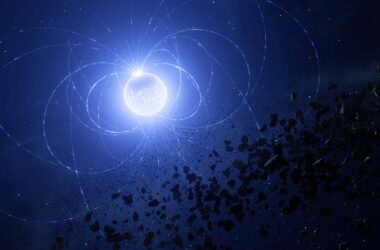Scientists are preparing for two upcoming solar eclipses, which will provide a unique opportunity to study the sun’s corona, its outer atmosphere. The first eclipse, an annular solar eclipse, will occur on 14 October, blocking almost all of the sun except for a “ring of fire.” The second eclipse, a total eclipse, will take place on 8 April 2024 and will be visible over a narrow strip of North America.
The corona of the sun is a mysterious and wispy area that is normally hidden from view. It is the birthplace of the solar wind, which can have effects on Earth such as causing aurorae and disrupting satellites. However, little is known about this area, and the upcoming eclipses provide a short-lived opportunity to study it.
In preparation for these eclipses, scientists have been conducting research and launching balloons equipped with instruments to capture data. However, they have faced challenges in retrieving the balloons, with some getting caught in trees. To overcome this, the team is providing a special tree pole for future launches.
Overall, the upcoming solar eclipses offer a rare chance to explore and learn more about the sun’s corona, shedding light on its mysteries and potentially advancing our understanding of space phenomena.
Insights:
- The upcoming solar eclipses provide a unique opportunity to study the sun’s corona, its mysterious outer atmosphere.
- The first eclipse on 14 October will be an annular solar eclipse, while the second eclipse on 8 April 2024 will be a total eclipse visible over a narrow strip of North America.
- The corona is the birthplace of the solar wind, which can impact Earth through aurorae and satellite disruptions.
- Scientists have been launching balloons equipped with instruments to capture data, but retrieval has been challenging, with some balloons getting caught in trees.
- Special tree poles will be provided to overcome the retrieval challenges for future launches.
- Studying the corona during these eclipses can contribute to a better understanding of space phenomena and the solar wind.




